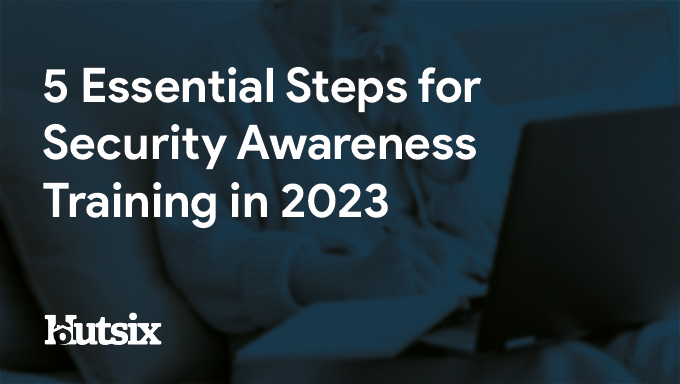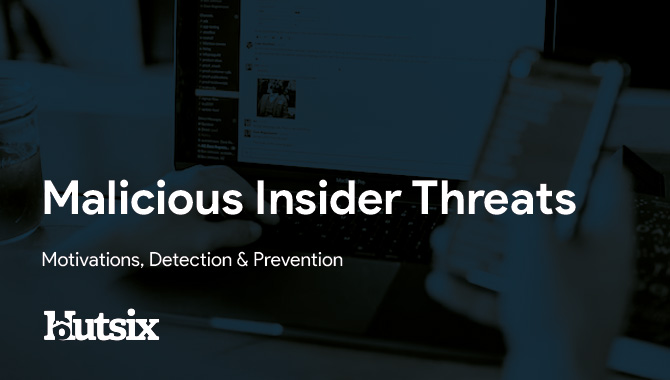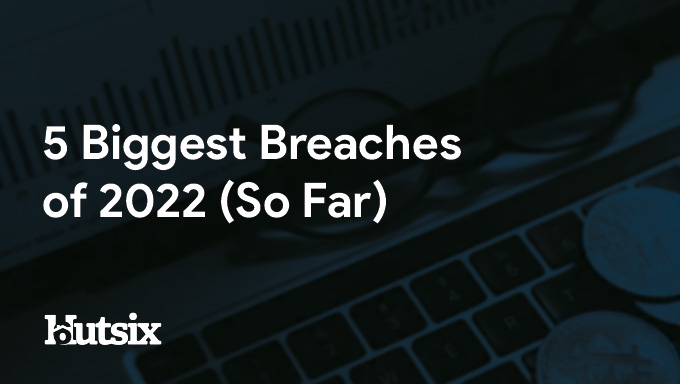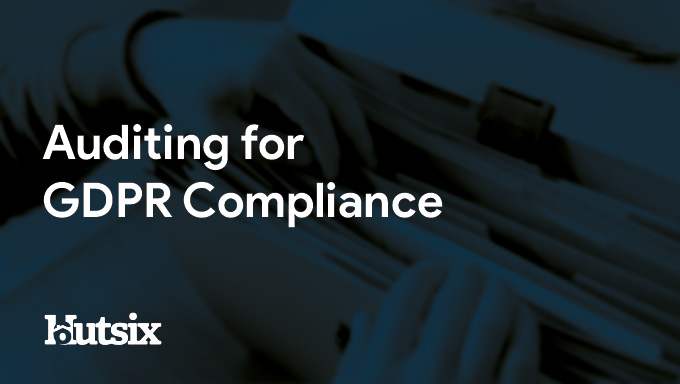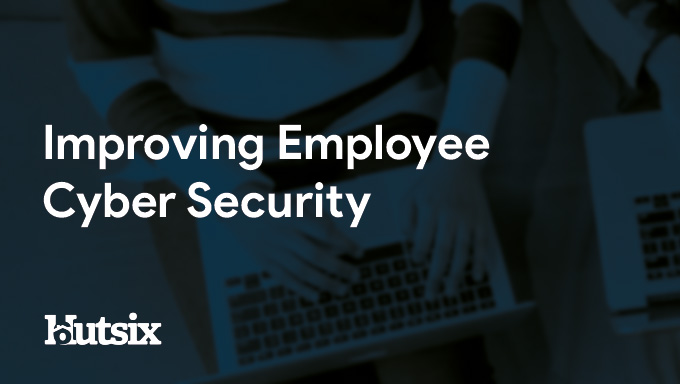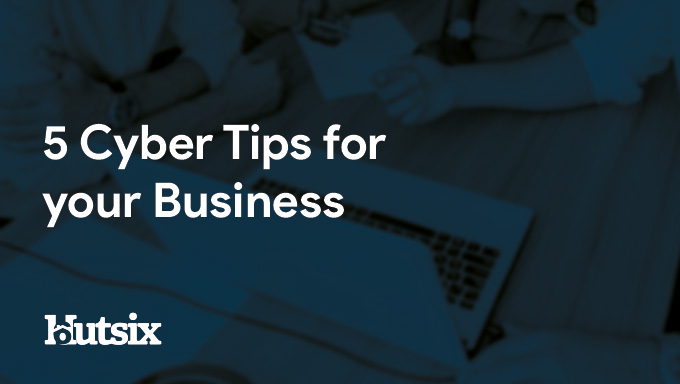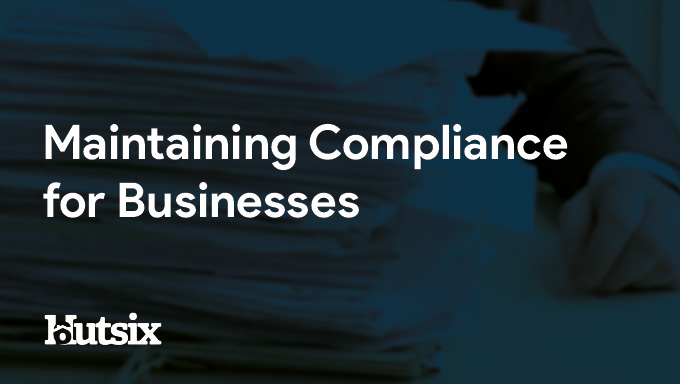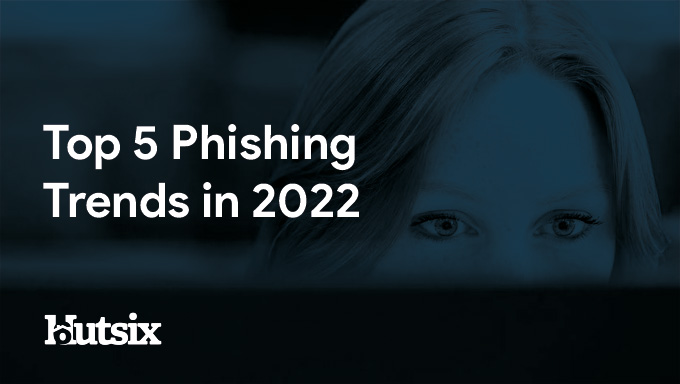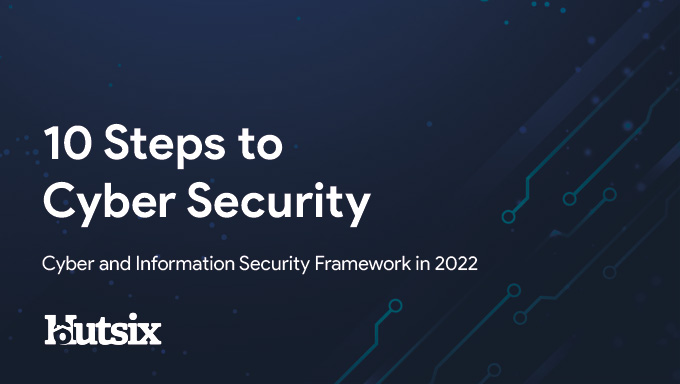SOC 1, 2, & 3 Audit Reports - Differences & Why You Need One
SOC 1, SOC 2, and SOC 3 are different types of Service Organisation Control (SOC) reports that service organisations can use to demonstrate their commitment to maintaining a secure and controlled environment for their customers' data.
Developed by the American Institute of Certified Public Accountants (AICPA) and introduced in 2011, SOC reports have become increasingly important in the business world, particularly in industries that rely heavily on third-party service providers.
At a high level, these reports provide assurance to various stakeholders, including customers and regulators about the security, availability, processing integrity, confidentiality, and privacy of organisations’ customer data.
What is SOC 1?
SOC 1 reports are designed to address the control environment and risks related to financial reporting. They are primarily intended for organisations to provide assurance that financial data is being processed in a controlled and secure environment.
There are two types of SOC 1 reports: Type I and Type II. SOC 1 Type I reports evaluate the design of an organisation's controls, while SOC 1 Type II reports assess both the design and operating effectiveness of the controls over a period of time (usually six to twelve months).
SOC 1 reports are particularly important for businesses that provide outsourced financial services, such as accounting, payroll processing, or data centre hosting, as they help demonstrate a commitment to maintaining proper controls over financial reporting.
What is SOC 2?
SOC 2 reports are designed to address what the AICPA refer to as ‘Trust Service Principles’. These five principles being: security, availability, processing integrity, confidentiality, and privacy.
SOC 2 reports are particularly important for service organisations that handle sensitive data on behalf of their clients, such as cloud computing providers, Software as a Service (SaaS) providers, and managed service providers.
These reports again demonstrate an organisation's commitment to maintaining proper controls over data security, availability, processing integrity, confidentiality, and privacy, which can similarly help build trust and confidence with clients.
What is SOC 3?
Put simply, SOC 3 reports are a public version of the SOC 2 reports. Providing an overview of an organisation's security and control environment, SOC 3 reports are intended to demonstrate commitment to security and provide a high-level view of security measures to a wider audience, including customers, other stakeholders, and the general public.
Unlike SOC 2 reports, SOC 3 reports do not include detailed information about an organisation's controls and processes, but instead provide a summary of the key security measures that are in place.
Additionally, SOC 3 reports are often displayed on an organisation's website or in their marketing materials, indicating that the organisation has undergone an independent audit of its controls.
Key Differences Between SOC 1, 2, and 3
Organisations should choose the type of SOC report that best meets their needs, considering the type of services they provide, the level of assurance they require, and their overall security and compliance goals.
With this in mind, below are some high-level points exploring the key differences between the three types of SOC reports.
Purpose
· SOC 1 reports are used to evaluate a service organisation's controls related to financial reporting that may impact its clients' financial statements.
· SOC 2 reports are used to evaluate a service organisation's controls related to security, availability, processing integrity, confidentiality, and privacy of its clients' data.
· SOC 3 reports are similar to SOC 2 reports in terms of evaluating controls but are designed to be more general, less detailed, and are intended for public use.
Audience
· SOC 1 reports are typically used by auditors of the organisation's clients.
· SOC 2 reports are typically used by a broader audience, including current and potential clients, business partners, and regulators.
· SOC 3 reports are designed for public use and are often used as a marketing tool to demonstrate a service organisation's data security standards.
Detail
· SOC 1 reports are typically more detailed than SOC 2 or SOC 3 reports, as they provide a comprehensive evaluation of an organisation's controls related to financial reporting.
· SOC 2 reports are generally more detailed than SOC 3 reports, as they evaluate an organisation's controls related to security, availability, processing integrity, confidentiality, and privacy in more depth.
· SOC 3 reports are less detailed than SOC 2 reports, as they provide the general public with a high-level overview of an organisation's controls.
Why is SOC certification important?
SOC certification is important for several reasons:
Demonstrates commitment to security
As previously noted, SOC certification helps demonstrates that an organisation has established and maintained appropriate controls related to general security etc. This can help develop the trust and confidence of clients, partners, and regulators alike.
Meets compliance requirements
SOC certification can help in meeting various regulatory compliance requirements, such as Health Insurance Portability and Accountability Act (HIPAA) and the General Data Protection Regulation (GDPR).
Attracts new clients
As information security becomes an increasing concern for organisations of all kinds, SOC certification can be a competitive advantage, as it can help attract new clients who are looking for reliable and trustworthy partners.
Reduces audit costs
SOC certification can help reduce the number of audits that service organisations must undergo, as it provides a third-party assurance of the effectiveness of their security controls.
Improves internal processes
The process of obtaining SOC certification can help organisations identify areas for improvement regarding internal processes and controls. Thus, helping improve overall operations whilst reducing the risk of security incidents or data breaches.
SOC Reports and Information Security Training
SOC reports can play an important role in cyber and information security training for employees, and vice-versa.
While we’ve explored how SOC reports detail information about the security controls and processes an organisation has in place to protect the data and systems of its clients, it is additionally worth noting these reports can be used to help train employees on the importance of these controls and the role that they play in protecting the organisation's systems and data.
By reviewing SOC reports, an organisation can both identify and better understand weaknesses in a particular area of security controls. Allowing an organisation to provide additional training to employees to address any issues and reduce the risk of a security incident, or worse, a breach.
Providing employees with high quality information security training additionally helps organisations to establish a secure culture, which in turn helps with certification such as SOC.
By investing in effective and relevant training, organisations not only improve their ability to demonstrate a commitment to security, but also help to ensure they are operating in accordance with laws, regulations, and other security standards.
Security Awareness for your Organisation
Enjoyed our blog? Learn more about how Hut Six can help improve you security awareness with training and simulated phishing. Start a free trial now, or book a meeting with one of our experts.
Featured
How Do I Get Cyber Essentials Certified?
Learn how to obtain Cyber Essentials certification and enhance your organization's cybersecurity posture with our comprehensive guide. Our expert insights will help you navigate the certification process to meet the requirements for Cyber Essentials.
Essential Steps for Security Awareness Training
Starting a security awareness training campaign? Here are 5 essential steps to help ensure information security success.
Malicious Insider Threats - Meaning & Examples
Malicious insider threats can cause massive problems. Here we examine some of the motivations behind attacks and methods of detection organisations can use to reduce risk.
5 Biggest Breaches of 2022 (So Far)
Five of the biggest and most significant data breaches, hacks, and information security attacks of 2022 (so far).
Auditing for GDPR Compliance
Questions to consider when auditing your business or SME for General Data Protection Regulation (GDPR) compliance.
Improving Employee Cyber Security
With human error responsible for many breaches and attacks, we offer some helpful areas for improving employee security compliance.
5 Cyber Tips for your Business
Essential cyber tips for helping your business or SME improve information and cyber security.
The Benefits Of Maintaining Compliance For Your Business
By maintaining compliance for your business you can ensure operational efficiency, reduce financial risk, enhance public trust, engage your employees and realise your mission.
Top 5 Phishing Trends in 2022
Insights, trends, and statistics from the world of phishing in 2022.
10 Steps to Cyber Security
The main concepts of the Nation Cyber Security Centre's '10 Steps to Cyber Security' guidance.


